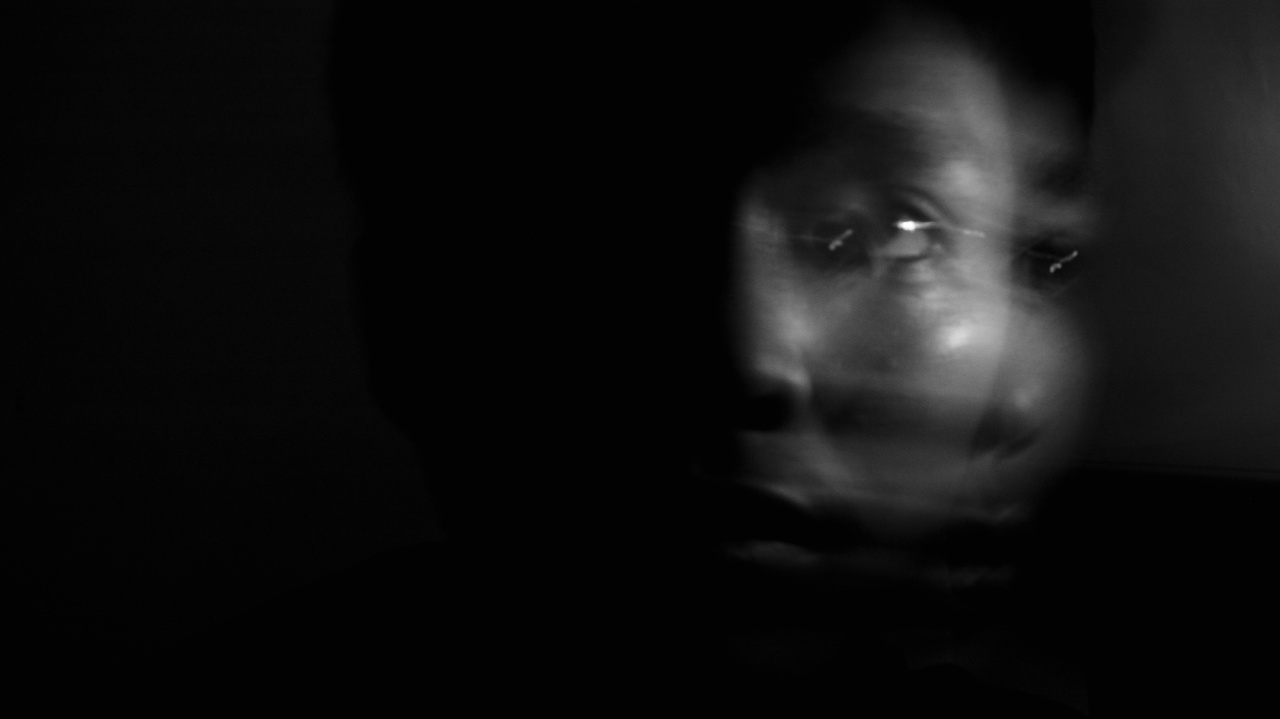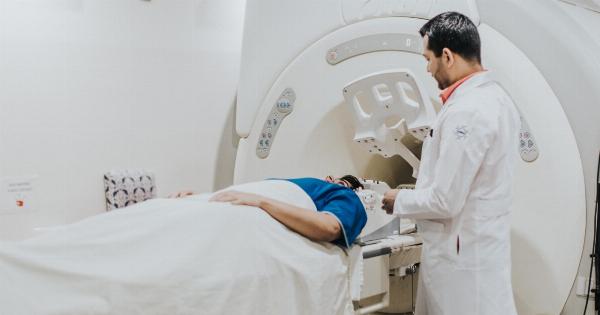In a groundbreaking study, scientists have successfully identified a previously unknown brain circuit that is linked to the experience of fear.
This discovery offers new insights into the intricate workings of the human brain and sheds light on the mechanisms behind fear and anxiety.
The Study: Unveiling the Unknown
The study, conducted by a team of neuroscientists at a prominent research institute, aimed to investigate the neural basis of fear by delving deeper into the brain’s complex network.
Using state-of-the-art technology, the researchers were able to pinpoint a specific circuitry that plays a crucial role in fear responses.
The Brain: An Enigma
The human brain, with its billions of neurons and intricate connections, has long been a subject of fascination for scientists. Yet, there is still so much we do not understand about its inner workings.
Fear, for instance, is a fundamental emotion that influences our behavior and decision-making processes. However, the neural basis of fear has remained elusive until now.
Decoding Fear: The Key Circuit
Through a series of innovative experiments conducted on both animals and humans, the researchers were able to uncover a key brain circuit that is activated during fear responses.
This circuit, located in the amygdala, a region deep within the brain, connects to various other regions involved in processing emotions and sensory information.
The Role of the Amygdala
The amygdala is well-known for its role in processing emotions, particularly fear. It acts as a sort of alarm system, rapidly recognizing and responding to potential threats in the environment.
By identifying this new circuit within the amygdala, scientists have gained valuable insights into how the brain processes fear stimuli and generates appropriate responses.
Implications for Understanding Anxiety Disorders
Fear and anxiety disorders, such as phobias and post-traumatic stress disorder (PTSD), can have a profound impact on a person’s daily life.
Understanding the neural circuitry underlying these conditions is essential for developing effective treatments. The discovery of this previously unknown circuit provides a promising avenue for further research into anxiety-related disorders.
Mapping the Connections
The researchers used advanced imaging techniques to create detailed maps of the connectivity within the brain circuit.
By tracing the pathways and connections between different regions, they were able to gain a comprehensive understanding of how the circuit functions and interacts with other areas of the brain.
Unraveling the Function
By experimentally manipulating the activity of the circuit, the scientists were able to further unravel its function.
They found that activating the circuit in animals elicited fear responses, while inhibiting it led to a reduction in fear-related behaviors. These findings provide strong evidence for the circuit’s involvement in fear processing and suggest potential targets for therapeutic interventions.
Potential Therapeutic Applications
With a better understanding of the brain circuitry involved in fear responses, researchers are hopeful that this discovery could lead to the development of more targeted and effective treatments for anxiety disorders.
By modulating the activity of the newly identified circuit, it may be possible to alleviate excessive fear and anxiety in individuals suffering from these conditions.
Integration with Existing Knowledge
This groundbreaking discovery adds a crucial piece to the puzzle of understanding how the brain processes fear.
It integrates with existing knowledge about the neural pathways involved in fear responses and provides a more comprehensive picture of the complex mechanisms at play.
Future Implications and Research Directions
The identification of this previously unknown brain circuit opens up numerous avenues for future research. Neuroscientists can now further investigate the circuit’s role in the development and maintenance of fear and anxiety disorders.
This new knowledge may ultimately pave the way for innovative interventions and personalized therapies.
Conclusions
The unveiling of this previously unknown brain circuit linked to fear marks a significant milestone in the field of neuroscience.
It expands our understanding of the intricate workings of the human brain and offers valuable insights into the mechanisms behind fear and anxiety. As research continues to progress, scientists are optimistic about the potential applications of this discovery in the development of more effective treatments for anxiety disorders.




























